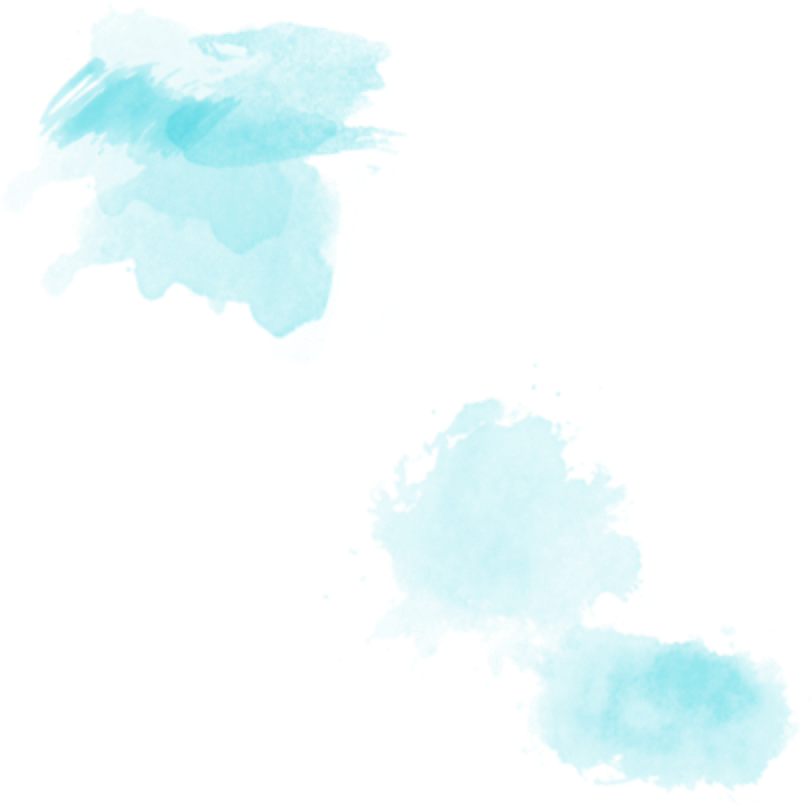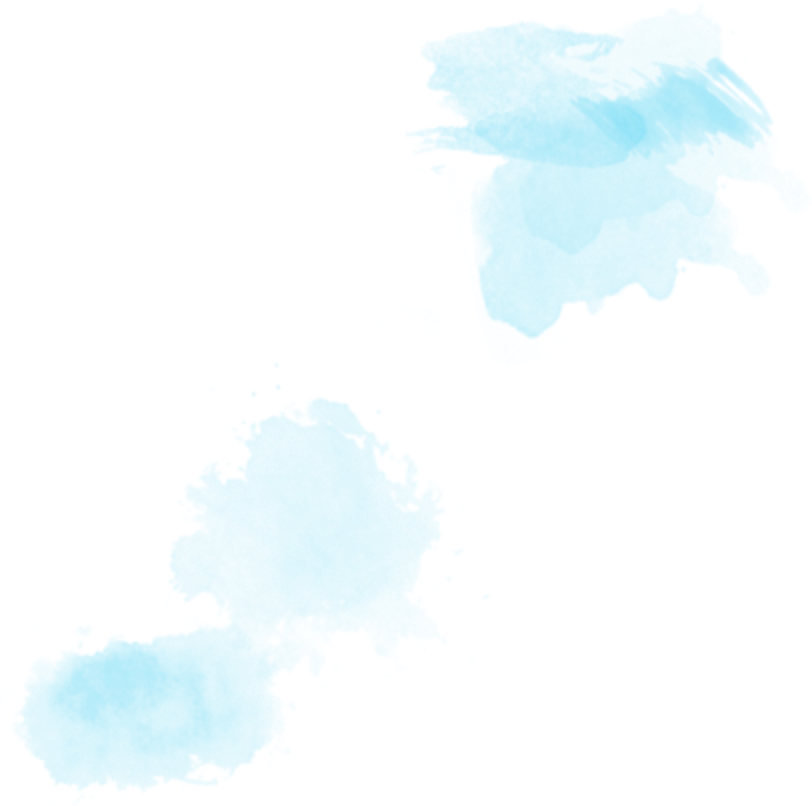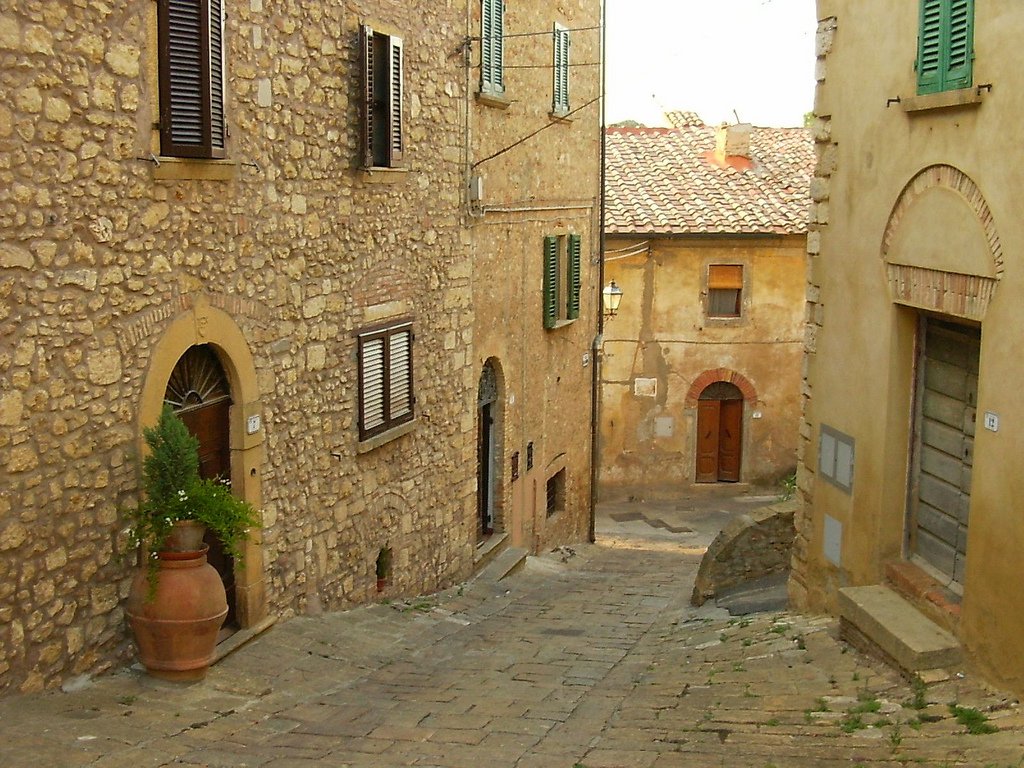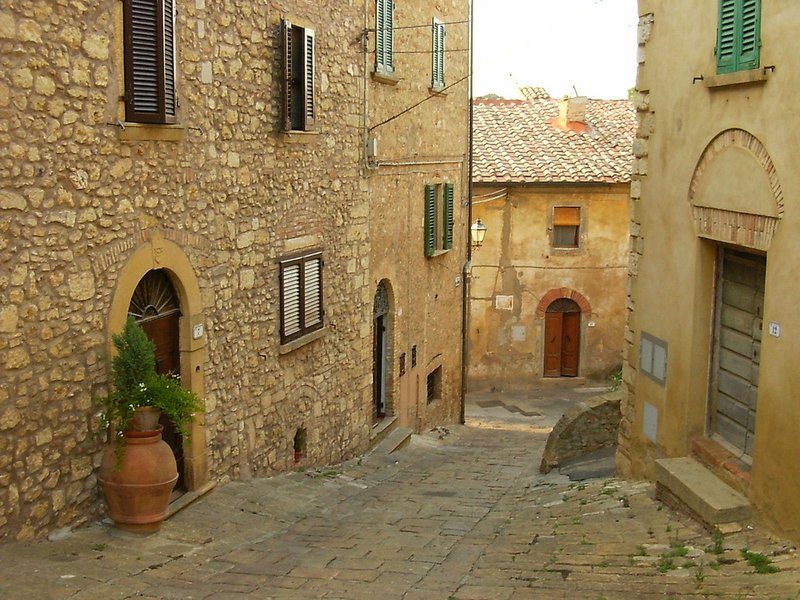



Bibbona
The municipality of Bibbona is one of the jewels of the Costa Etrusca. Just a few kilometres from the beach of Marina di Bibbona, this ancient village stands near the Magona woods.
In 1040 the 'curte biboni... cum castello' was probably intertwined with the economic interests of the Farolfi of Lucca. Later historical documents mention a dispute between the bishop of Lucca and Ugo Della Gherardesca. This dispute ended with the annexation of the Castle of Bibbona within the Della Gherardesca domains.
The first documents defining the village with the toponym of Biboni also date back to those years. A word that almost certainly derives from Vipi, a person's name of Etruscan origin.
The Republic of Pisa and the Republic of Florence claimed their rights over it for a long time, which ended up being a Florentine dominion and later the Grand Duchy of Tuscany. As with other areas of the Maremma, it was only after the reclamation ordered by Pietro Leopoldo that the marshy and inhospitable land became (towards the end of the 18th century) habitable.
Today, historical buildings worth visiting include the Church of S. Ilario and that of Santa Maria della Pietà. The latter, located immediately at the entrance to Bibbona, next to the road coming from the Via Aurelia, was built at the end of the 15th century. The first element one notices is the large dome that serves as the unifying element of the entire complex. On the architraves of the doors are Latin phrases. One of them reads 'Terribilis est locus iste ets', i.e. - Terrible is this place. A phrase also found on the facades of other churches and whose correct interpretation is - This place commands respect.
Another historical monument surrounded by great questions about its origin is the Arch of Bacchus. Located near the Town Hall, just outside the Castle, the numerous symbols on it have stimulated the imagination of scholars, who have proposed several interpretations. The simplest, and relevant to the available historical sources, is that it is a cover built over the natural water source that supplied the Castle of Bibbona. The other interpretation, certainly more suggestive, but currently lacking concrete evidence, is that it was one of the access gates to an ancient fortress that has disappeared.
The Macchia della Magona, an extensive 1,600 hectares of greenery, is another of the wonderful places that surround Bibbona. This naturalistic park has no less than sixteen itineraries, designed to meet the tastes and different needs of its visitors. Thus it is possible to make excursions on foot, on horseback, or by mountain bike, crossing numerous charcoal kilns, built at the time of the Magona di Cecina, to the ruins of the ancient Mirandola tower. Along the itineraries you will admire the varied floral species of the Mediterranean maquis, native animals and migratory birds.
If your route takes you near the ruins of the Mirandola Tower, and you hear unusual noises, don't worry. The legend of the Sparrowhawk states, in fact, that Agilulfo, the terrible knight who lived in that tower more than a thousand years ago, converted to Christianity after the abduction of Adelina and devoted himself only to good works.



